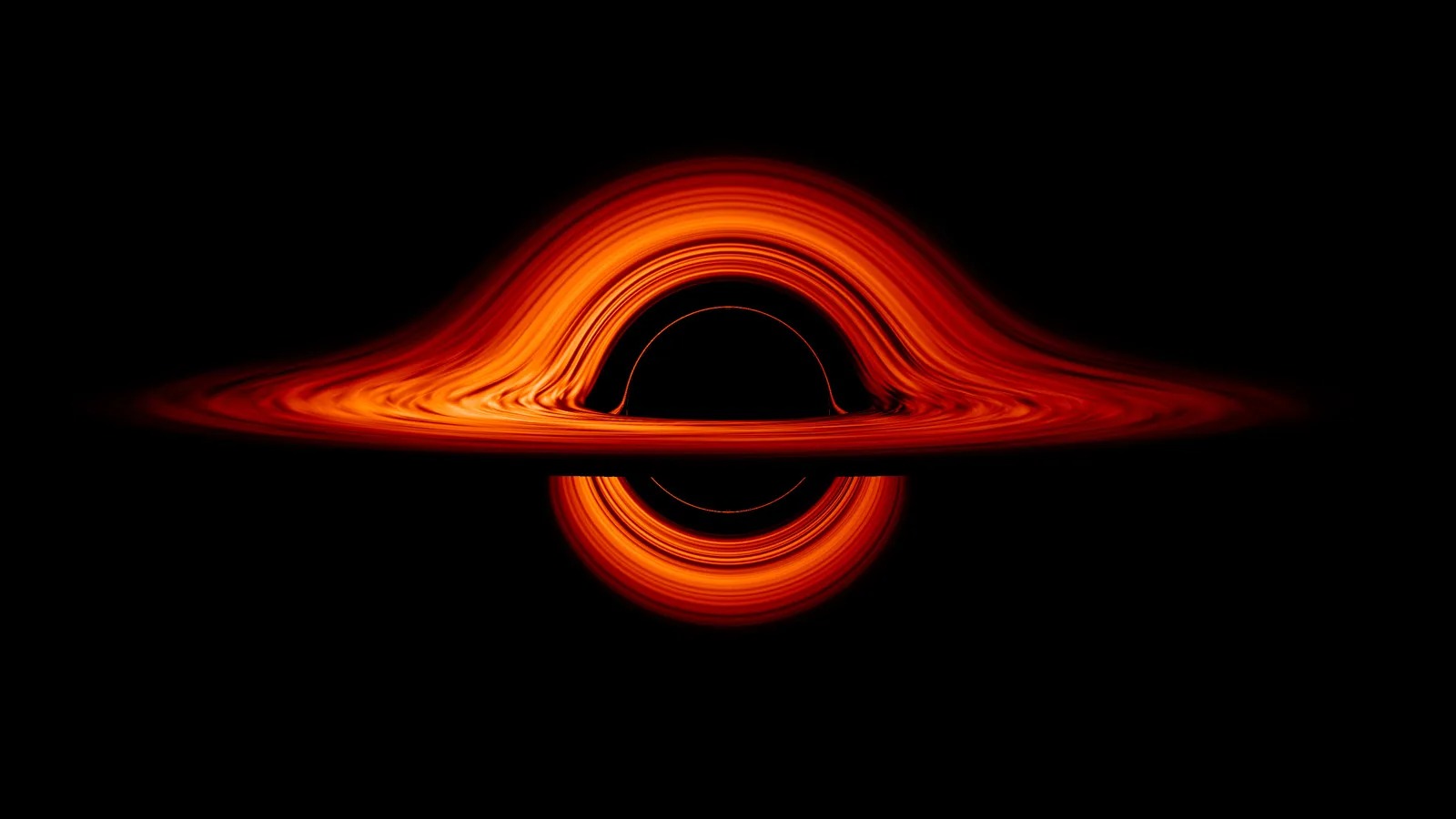
By examining the motion of stars in a relatively small neighborhood of the Milky Way, an international team of researchers believe they have spotted a medium-sized black hole, an object that astronomers have hypothesized exists but have so far been unable to prove.
All known black holes fall into two categories: small black holes, which typically form when a massive star runs out of nuclear fuel and collapses under its own weight; and “supermassive” black holes, which lurk at the centers of all galaxies and have black holes millions or billions of times more massive than the Sun.
The prevailing theory is that supermassive black holes are created from smaller black holes that gradually grew by swallowing material from their surroundings or other black holes. This means that somewhere in the universe there must also be intermediate sizes, however, these have not been detected. Previous studies suggesting the existence of “small and intermediate” black holes have been challenged and remain unproven.
New evidence of such an object has now been spotted in the Omega Centauri star cluster, a group of about 10 million stars thought to be the remains of a small galaxy that was absorbed into our own billions of years ago.
The location of the “small and medium” black hole is indicated by the white box (ESA/Hubble & NASA, M. Haberle)
“There has long been debate about whether intermediate-mass black holes exist in general and in Omega Centauri in particular. The object we have discovered may provide a definitive answer,” said Maximilian Heberle of the Max Planck Institute for Astronomy in Germany, first author of the study published in the journal. nature.
Looking at 20 years of Hubble Space Telescope observations, astronomers have identified seven stars in Omega Centauri that are moving at very high speeds, so fast that one would expect them to leave the cluster soon.
The most likely explanation, the researchers say, is that the seven stars were accelerated by an unseen object (the square indicates its location) with a mass at least 8,200 times that of the Sun. The hypothetical black hole, located 17,000 light-years from the solar system, would be the closest known and the second-largest black hole in the galaxy after the central black hole, known as Sagittarius A*, which has a mass four million times that of the Sun.
According to the scenario proposed by the study, the small and medium-sized black hole would also have grown if it had been allowed to swallow more and more gas from its galaxy.
But this did not happen because its sphere of influence was controlled by our galaxy, which was much larger and absorbed most of the smaller galaxy’s stars and gas.
However, further observations are needed to confirm this scenario. In 20
Over the years covered by the new study, even the fastest seven stars moved.
Only two pixels in Hubble images, even though it is moving at a speed of 113
kilometers per second
Observations will need to continue to confirm that the seven stars are not moving in a straight line out of their parent group but are actually orbiting the black hole.

“Total alcohol fanatic. Coffee junkie. Amateur twitter evangelist. Wannabe zombie enthusiast.”





More Stories
Is this what the PS5 Pro will look like? (Image)
Finally, Windows 11 24H2 update significantly boosts AMD Ryzen – Windows 11 performance
Heart Surgeon Reveals The 4 Things He ‘Totally Avoids’ In His Life